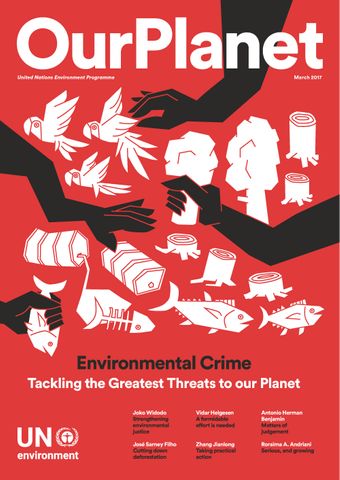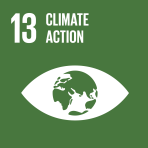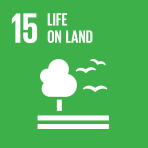-
Clearing the air
- Source: Our Planet, Volume 2017, Issue 1, Mar 2018, p. 34 - 35
-
- 14 Mar 2018
Abstract
Ninety-eight per cent of cities with more than 100,000 inhabitants in low and middle income countries do not meet World Health Organization (WHO) air quality guidelines, concludes the WHO Global Urban Ambient Air Pollution Database 2016 update. In high-income countries, however, that percentage decreases to 56 per cent. In South Asia, air pollution is especially acute in such countries as China, Indonesia and India, requiring State authorities to take immediate action to safeguard the health of their citizens. Long-term health effects include respiratory diseases like lung cancer and even damage to the brain and an increased risk of heart disease. A WHO study estimated that about 12.6 million deaths in the year 2012 could be linked to an unhealthy environment. India's Air (Prevention and Control of Pollution) Act, 1981 defines air pollution as “the presence in the atmosphere of any air pollutant” and an air pollutant as “any solid, liquid or gaseous substance including noise present in the atmosphere in such concentration as may be or tend to be injurious to human beings or other living creatures or plants or property or environment.”




